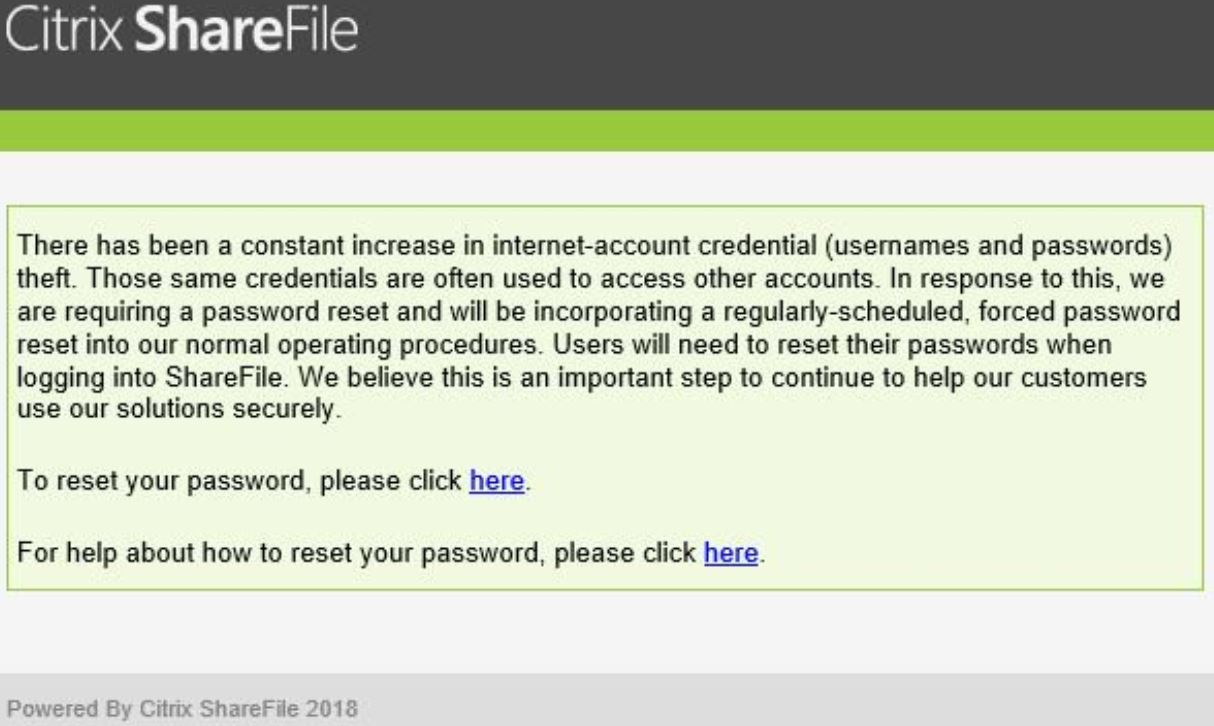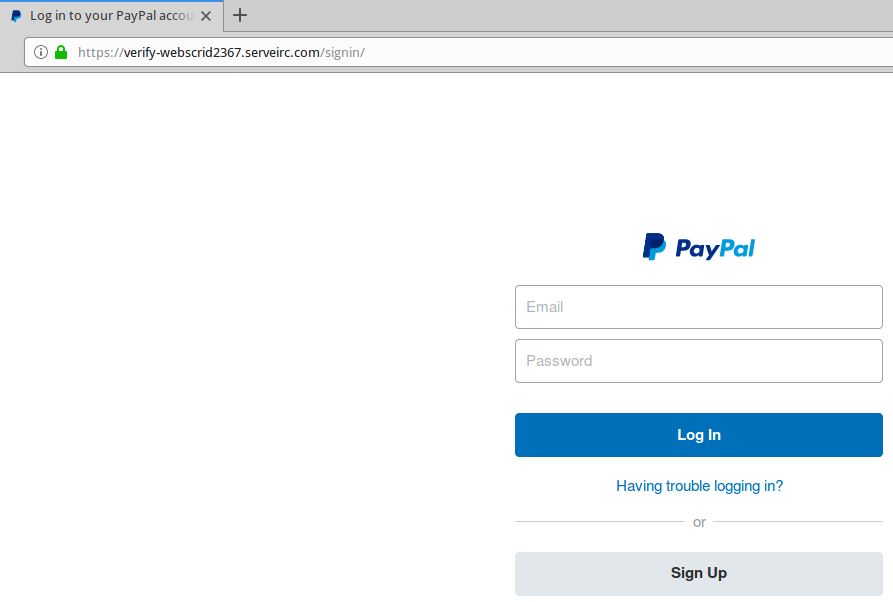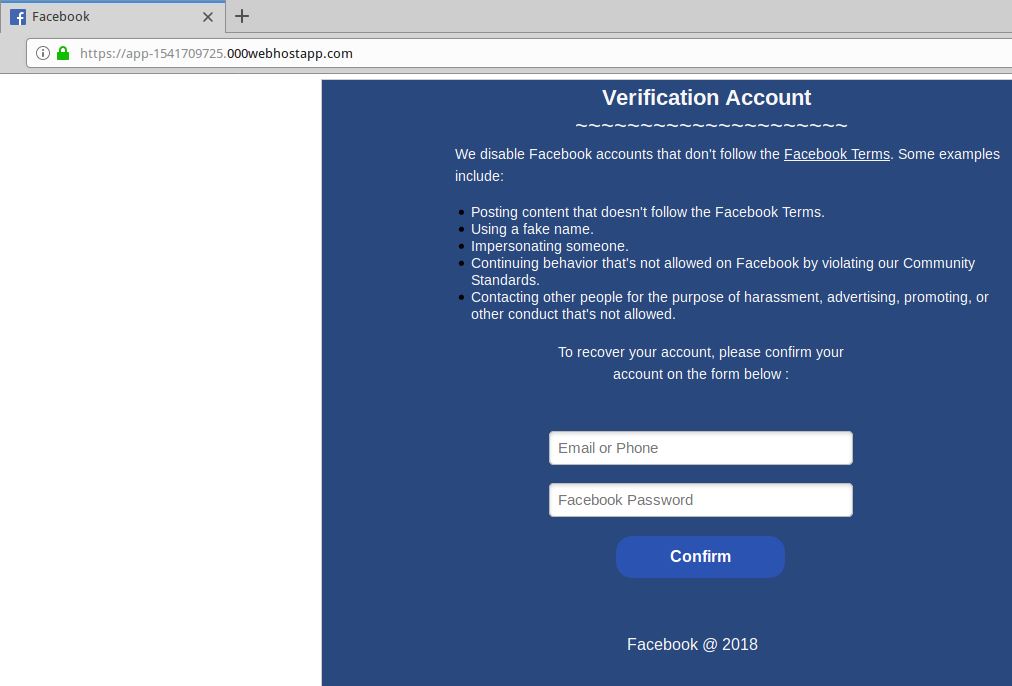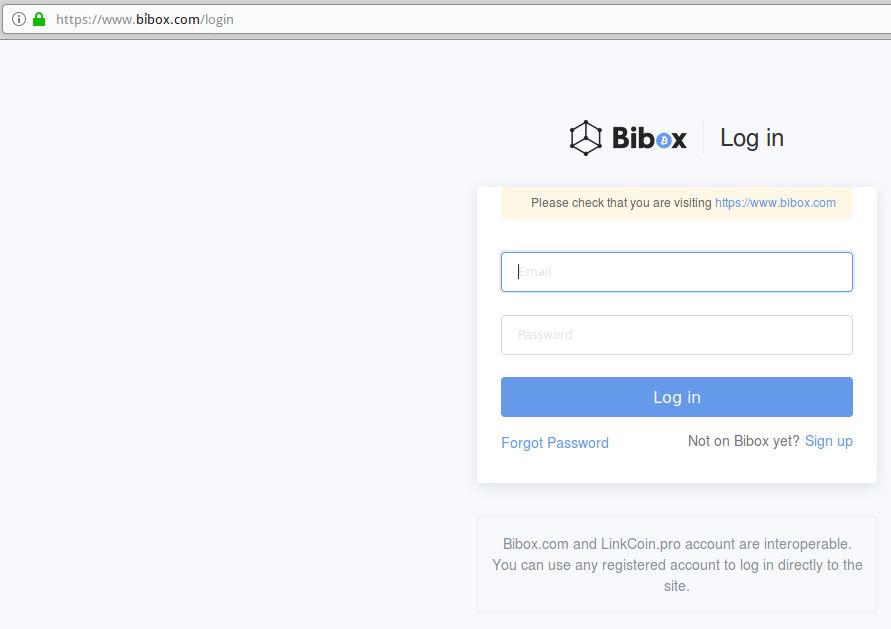Is it fair to judge an organization’s information security posture simply by looking at its Internet-facing assets for weaknesses commonly sought after and exploited by attackers, such as outdated software or accidentally exposed data and devices? Fair or not, a number of nascent efforts are using just such an approach to derive security scores for companies and entire industries. What’s remarkable is how many organizations don’t make an effort to view their public online assets as the rest of the world sees them — until it’s too late.
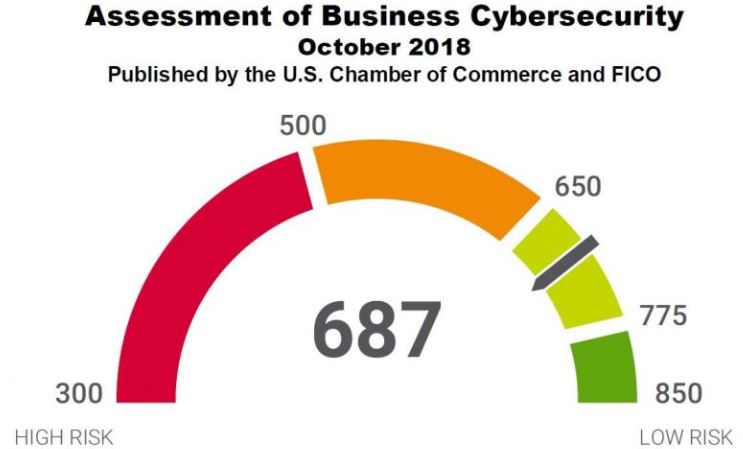
Image: US Chamber of Commerce.
For years, potential creditors have judged the relative risk of extending credit to consumers based in part on the applicant’s credit score — the most widely used being the score developed by FICO, previously known as Fair Isaac Corporation. Earlier this year, FICO began touting its Cyber Risk Score (PDF), which seeks to measure an organization’s chances of experiencing a data breach in the next 12 months, based on a variety of measurements tied to the company’s public-facing online assets.
In October, FICO teamed up with the U.S. Chamber of Commerce to evaluate more than 2,500 U.S. companies with the Cyber Risk Score, and then invited these companies to sign up and see how their score compares with that of other organizations in their industry. The stated use cases for the Cyber Risk Score include the potential for cyber insurance pricing and underwriting, and evaluating supply chain risk (i.e., the security posture of vendor partners).
The company-specific scores are supposed to be made available only to vetted people at the organization who go through FICO’s signup process. But in a marketing email sent to FICO members on Tuesday advertising its new benchmarking feature, FICO accidentally exposed the FICO Cyber Risk Score of energy giant ExxonMobil.
The marketing email was quickly recalled and reissued in a redacted version, but it seems ExxonMobil’s score of 587 puts it in the “elevated” risk category and somewhat below the mean score among large companies in the Energy and Utilities sector, which was 637. The October analysis by the Chamber and FICO gives U.S. businesses an overall score of 687 on a scale of 300-850.
How useful is such a score? Mike Lloyd, chief technology officer at RedSeal, was quoted as saying a score “taken from the outside looking in is similar to rating the fire risk to a building based on a photograph from across the street.”
“You can, of course, establish some important things about the quality of a building from a photograph, but it’s no substitute for really being able to inspect it from the inside,” Lloyd told Dark Reading regarding the Chamber/FICO announcement in October.
Naturally, combining external scans with internal vulnerability probes and penetration testing engagements can provide organizations with a much more holistic picture of their security posture. But when a major company makes public, repeated and prolonged external security foibles, it’s difficult to escape the conclusion that perhaps it isn’t looking too closely at its internal security either. Continue reading





 At least nine of the bugs in the Microsoft patches address flaws the company deems “critical,” meaning they can be exploited by malware or ne’er-do-wells to install malicious software with little or no help from users, save for perhaps browsing to a hacked or booby-trapped site.
At least nine of the bugs in the Microsoft patches address flaws the company deems “critical,” meaning they can be exploited by malware or ne’er-do-wells to install malicious software with little or no help from users, save for perhaps browsing to a hacked or booby-trapped site.

